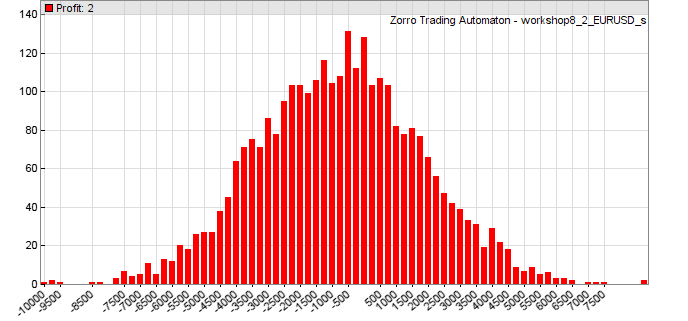So you are assuming that, randomness, will give you the opportunity to manage your trades and make a profit??
No, randomness gives you absolutely nothing other than consistency.
That's the whole point, randomness assumes nothing.
Randomness does not assume to know direction.
It does not chase price, lead by lagging signals.
That is not to say that direction cannot be known in advance,
At certain times, direction will be blindingly obvious.
In those instances though, volatility can still take you out.
Think of it this way, static entry time around session start.
Price will move up or down net, with any manner of pullbacks, ranging along the way.
Plenty will disagree and say you can get a more accurate view of the future.
That is not an unfair point if you target specific types of action.
Targeting that specific action is much harder with automation as its dumb for starters.
Automation, at least at the lower retail end cannot read price action, the tape,
or current events.
If you get into the high end stat arb fund stuff things change due to resourcing,
and several PhD quants.
At the end of the scale being discussed here, randomness, as the hare has
alluded to, is one of the best foundations for automation or learning.
If you don't or can't automate, randomness is of little value if you have
experience of anticipating the prime type of action that suits your style,
whether that is tape reading, sitting on you hands waiting for no brainers etc.
So to answer the original question, price alone decides if you make a profit,
largely due to that worn out, but extremely valid truism - cut you losses, run your winners.
Obviously there is more to it than that, volatility and trend behaviour at time
of entry are good filters to cut down on dumb trades.
The point with a static entry around session start is to identify the
common time that action is present, look for an entry if price action is favourable.
By that I largely mean not flatlining.

